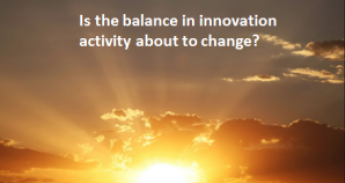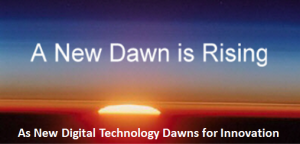 We really do seem to be in a really evolutionary period, with the explosion of change taking place in the post-digital world of cloud, big data, social and interconnected devices.
We really do seem to be in a really evolutionary period, with the explosion of change taking place in the post-digital world of cloud, big data, social and interconnected devices.
The discovery of insights from all this embedded intelligence, social activity and data analytics is leading us to realize a potentially significant wave of new innovation opportunities from this digital knowledge.
The question is “are we internally ready for this?” Are our innovation systems and structures able to adapt to a need for exploiting ‘breaking’ opportunities where speed and agility become a critical deciding factor to capitalize on breaking commercial advantage by tapping into all these fresh insights?
Continue reading “Aligning digital discovery with physical innovation outcomes.”








